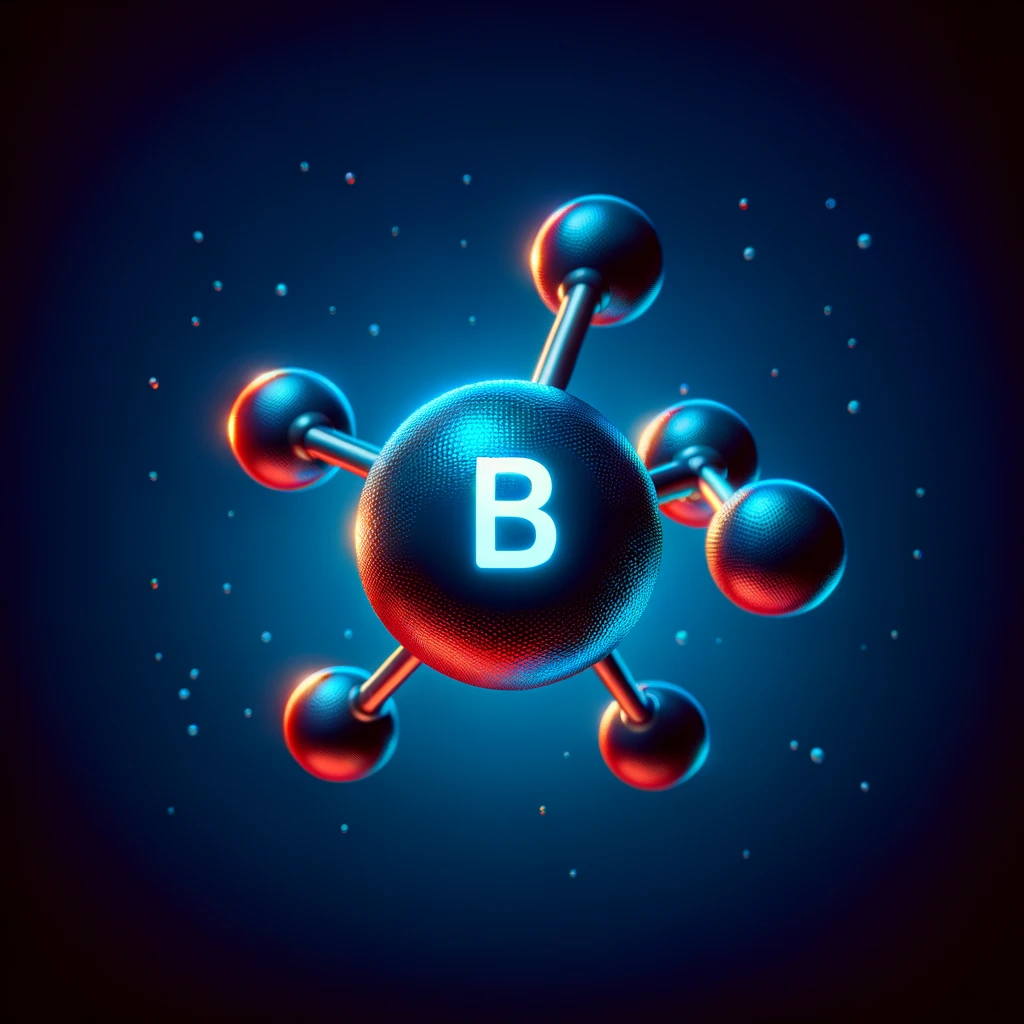Ferroboron: A Versatile Ingredient in Modern Alloys
Ferroboron may not be a household name, but in the world of steel and alloy production, it’s a bit of a secret star. It’s like a pinch of spice in a recipe—it doesn’t take much to make a big impact. Just a touch of boron can toughen up steel, helping it achieve just the right level of hardness when it’s quenched from high temperatures. It’s also got a role in keeping certain stainless steels behaving well under the heat, ensuring they don’t get too crumbly when things get toasty.
Beyond steel, ferroboron plays a cool part in the tech world, too—especially when it comes to making those super-strong neodymium magnets. They’re the kind that can hold up your heavy-duty tools, no sweat.
Boron comes from humble beginnings, found in earthy minerals like borax. It gets a makeover in the form of boric acid before joining forces with carbon steel in the fiery belly of an electric arc furnace, transforming into the mighty ferroboron.
In 2018, the U.S. took a little break from making ferroboron, leaning on our global pals for supplies instead. The details on how much we brought in are a bit hazy—no special codes to track those imports down to the last gram. Over in India, they usually have a knack for producing it, but even they hit pause that year.
So, while it might fly under the radar, ferroboron’s got its own quiet clout, shaping industries from kitchen sinks to nuclear reactors, and it’s just one of those quirky facts of the material world that’s pretty neat when you think about it.




